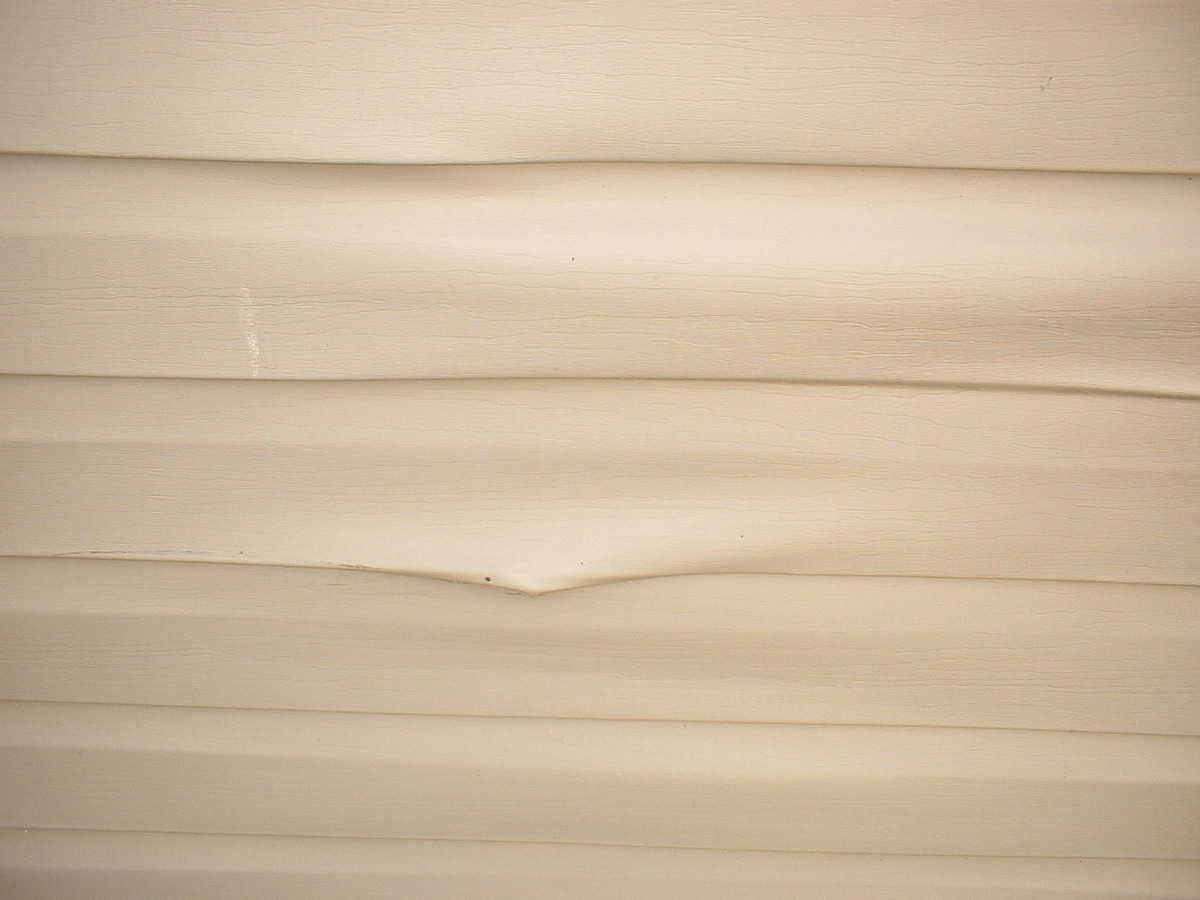

Articles
What Causes Vinyl Siding To Warp
Modified: December 7, 2023
Learn about the causes of vinyl siding warping and how to prevent it. Explore our articles for expert advice on maintaining durable and long-lasting siding.
(Many of the links in this article redirect to a specific reviewed product. Your purchase of these products through affiliate links helps to generate commission for Storables.com, at no extra cost. Learn more)
Introduction
When it comes to the exterior of your home, vinyl siding is a popular and durable choice. It provides an attractive and low-maintenance solution for protecting your house from the elements. However, like any building material, vinyl siding is not invincible. One common issue that homeowners may encounter with vinyl siding is warping.
Warping occurs when the vinyl siding loses its original shape and becomes distorted or bent. This can detract from the appearance of your home and compromise its protection. In order to address this issue, it is important to understand the causes of vinyl siding warping and how it can be prevented.
In this article, we will explore the common causes of vinyl siding warping and provide you with helpful tips to prevent it from happening to your home. By understanding these factors, you will be able to take proactive measures to ensure the longevity and beauty of your vinyl siding.
Key Takeaways:
- Proper installation, high-quality materials, and regular maintenance are crucial in preventing vinyl siding warping. Understanding the causes and taking proactive measures can ensure the longevity and beauty of your home’s exterior.
- Factors such as extreme temperatures, sunlight exposure, moisture damage, and impact can contribute to vinyl siding warping. By implementing preventive measures and regular upkeep, homeowners can protect their siding and maintain its integrity.
Read more: How To Fix Warped Siding
The Basics of Vinyl Siding
Vinyl siding is a popular choice for homeowners due to its affordability, durability, and low maintenance. It is made from a type of plastic called polyvinyl chloride (PVC), which is known for its resistance to moisture, insects, and rot. Vinyl siding is available in a wide range of colors, styles, and textures, making it versatile for various architectural designs.
The installation of vinyl siding involves fitting interlocking panels onto the exterior walls of a house. These panels are designed to overlap and provide a protective barrier against the elements. The installation process typically requires a professional contractor who can ensure proper alignment and tight fitting to prevent water infiltration and warping.
One of the key advantages of vinyl siding is its ability to retain its original appearance for many years. It is resistant to fading, and it does not require painting or staining like other types of siding. Additionally, vinyl siding is relatively easy to clean, usually requiring just a hose or pressure washer to remove dirt and debris.
However, it is important to note that while vinyl siding is durable, it is not immune to potential issues such as warping. Understanding the common causes of vinyl siding warping can help homeowners take preventative measures to maintain the integrity and aesthetics of their home’s exterior.
Common Causes of Vinyl Siding Warping
Vinyl siding is designed to withstand various weather conditions and resist warping. However, several factors can contribute to the warping of vinyl siding over time. Let’s explore the most common causes:
- Exposure to Extreme Temperatures: Vinyl siding can expand and contract with temperature fluctuations. Prolonged exposure to extreme heat or cold can cause the siding to warp and deform.
- Improper Installation: If vinyl siding is not installed correctly, it is more prone to warping. Incorrectly attached or misaligned panels can create gaps or allow moisture to seep in, leading to warping.
- Sunlight and UV Radiation: The sun’s powerful UV rays can break down the molecular structure of vinyl siding over time. This can result in fading, warping, and cracking of the siding material.
- Moisture and Water Damage: Excessive moisture or water infiltration can cause the vinyl siding to swell and warp. This can occur due to poor drainage, leaking gutters, or improper sealing around windows and doors.
- Impact or External Force: Vinyl siding can warp if it experiences a significant impact or force. This can happen due to accidental collisions, falling tree branches, or other physical damage.
- Poor Quality Materials: Substandard or low-quality vinyl siding may be more prone to warping. It is important to choose high-quality materials from reputable manufacturers to ensure durability and longevity.
- Lack of Maintenance: Neglecting regular cleaning and maintenance can contribute to the warping of vinyl siding. Accumulated dirt, mold, or mildew can degrade the siding material and cause it to warp over time.
Understanding these common causes of vinyl siding warping is crucial for homeowners to take appropriate steps to prevent and address this issue. By being mindful of these factors, you can ensure the long-lasting beauty and functionality of your vinyl siding.
Exposure to Extreme Temperatures
One of the leading causes of vinyl siding warping is prolonged exposure to extreme temperatures. Vinyl siding is designed to expand and contract with temperature changes, but excessive or prolonged exposure to extreme heat or cold can cause it to warp and deform.
When vinyl siding expands, it may buckle or warp due to the pressure it creates against neighboring panels or the fasteners holding it in place. Conversely, in extreme cold temperatures, vinyl siding may contract, which can lead to gaps and potential warping as well.
In regions where temperature fluctuations are common, vinyl siding is at a higher risk of warping. For instance, in areas with hot summers and cold winters, the siding may go through continuous expansion and contraction cycles, putting stress on the material.
To minimize the impact of extreme temperatures on vinyl siding, it is crucial to install it correctly. This includes leaving proper expansion gaps between the panels and allowing room for movement. Additionally, selecting a reputable brand that uses quality materials and follows industry standards can help mitigate the risk of warping.
Regular maintenance is also essential to prevent warping caused by temperature extremes. Inspect the siding periodically for signs of warping, gaps, or bulging, especially after significant temperature fluctuations. Address any issues promptly to prevent further damage.
Furthermore, consider implementing measures to protect the siding from direct exposure to extreme temperatures. For instance, providing shade or installing awnings can help reduce the impact of intense heat on the siding, while insulation can help regulate temperature changes in colder climates.
By being aware of the impact of extreme temperatures on vinyl siding and taking appropriate preventive measures, you can help prolong the lifespan and maintain the integrity of your siding.
Improper Installation
Improper installation is another significant factor that can contribute to vinyl siding warping. When vinyl siding is not installed correctly, it becomes more vulnerable to warping and other issues over time.
There are several aspects of installation that can affect the performance and durability of vinyl siding. These include inadequate attachment, misalignment of panels, lack of proper fastening, or failure to allow for expansion and contraction.
If the siding panels are not securely attached to the wall, they can become loose or shift over time. This can create gaps between the panels, allowing moisture to penetrate and potentially causing warping. Similarly, if the panels are not aligned properly, it can result in uneven stress distribution, leading to warping and distortion.
Furthermore, the fasteners used during installation must be of high quality and designed specifically for vinyl siding. Using improper or substandard fasteners can compromise the stability of the siding and make it more susceptible to warping.
Another critical factor is allowing for proper expansion and contraction of vinyl siding. As mentioned earlier, vinyl siding expands and contracts with temperature changes. If there isn’t enough room for this movement, the siding can buckle or warp. This can occur when the panels are installed too tightly together or if proper expansion gaps are not provided.
To avoid warping due to improper installation, it is recommended to hire a professional and experienced contractor who is familiar with the correct installation techniques for vinyl siding. They will ensure that the siding is installed according to industry standards, allowing for proper fastening, alignment, and expansion gaps.
Additionally, proper preparation of the wall surface before installation is crucial. This includes addressing any existing moisture issues, repairing damaged areas, and applying an appropriate moisture barrier or insulation layer to prevent moisture from seeping behind the siding.
By ensuring proper installation of vinyl siding, you can minimize the risk of warping and enhance the longevity of your siding’s performance and appearance.
Read more: What To Clean Vinyl Siding With
Sunlight and UV Radiation
The powerful UV rays emitted by the sun can cause vinyl siding to deteriorate over time, leading to warping and other forms of damage. While vinyl siding is designed to resist fading and discoloration, prolonged exposure to sunlight and UV radiation can break down the molecular structure of the siding material.
The UV rays penetrate the surface of the vinyl siding, causing it to become brittle and prone to warping. This is particularly common in regions with intense sunlight or in areas where the siding is exposed to direct sunlight for extended periods throughout the day.
The warping caused by UV radiation is often characterized by panels that bulge or warp outward, creating an uneven and distorted appearance. As the vinyl siding becomes more brittle, it may also crack or develop surface damage.
To minimize the impact of sunlight and UV radiation on vinyl siding, there are a few preventive measures you can take. First and foremost, consider choosing vinyl siding that is specifically designed to be UV resistant. High-quality vinyl siding often includes additives and pigments that help to deflect and resist the damaging effects of UV rays.
In addition, maintaining a regular cleaning schedule for your vinyl siding can help remove built-up dirt and grime that can attract and absorb UV radiation. A gentle cleaning solution and a soft brush or cloth can be used to remove dirt and debris without damaging the siding.
Providing shade for your vinyl siding can also help protect it from direct sunlight and minimize the risk of warping. Use shading devices like awnings, overhangs, or trellises to reduce the exposure of the siding to direct sunlight during the hottest parts of the day.
If your vinyl siding is already experiencing significant warping or damage from UV radiation, it may be necessary to consider replacing the affected panels or sections. Consult with a professional siding contractor to assess the extent of the damage and determine the best course of action.
By taking proactive measures to protect your vinyl siding from sunlight and UV radiation, you can help maintain its integrity and prevent warping, ensuring that it continues to enhance the appearance and protection of your home.
Vinyl siding can warp due to excessive heat exposure, improper installation, or poor quality material. To prevent warping, ensure proper installation and choose high-quality, heat-resistant vinyl siding.
Moisture and Water Damage
Moisture and water damage can significantly contribute to the warping of vinyl siding. Vinyl siding is designed to be moisture-resistant, but prolonged exposure to excessive moisture or water infiltration can lead to swelling, buckling, and warping of the siding material.
There are several ways in which moisture can cause damage to vinyl siding. Poor drainage, such as clogged gutters or improper slope grading, can result in water pooling near the foundation of the house. Over time, this water can seep behind the siding, leading to moisture buildup and potential warping.
Furthermore, improper sealing around windows, doors, and other openings can allow water to enter behind the vinyl siding. This can occur if the caulking or weatherstripping is damaged or deteriorated. Once water infiltrates, it can cause the siding to swell and warp.
Mold and mildew growth can also contribute to moisture-related warping of vinyl siding. If the siding is constantly exposed to damp and humid environments, it creates an ideal breeding ground for mold and mildew. These organisms can degrade the siding material and cause it to warp over time.
To prevent moisture-related warping, it is crucial to address any issues that could lead to water infiltration. Clean and unclog gutters regularly to ensure proper drainage. Ensure that the ground surrounding the house is graded away from the foundation to prevent water from collecting near the siding.
Inspect and maintain the seals around windows, doors, and other openings to ensure they are intact and watertight. If any signs of damage or deterioration are present, replace or repair them promptly to prevent water from seeping behind the siding.
Regularly inspect the siding for any signs of mold, mildew, or moisture damage. Should you notice any discoloration, warping, or bulging, it is essential to address the issue promptly to prevent further damage.
Proper ventilation is also crucial in preventing moisture-related issues. Ensure that the area behind the vinyl siding has adequate airflow to avoid trapping moisture and promoting the growth of mold and mildew.
By actively addressing and preventing moisture-related issues, you can help protect your vinyl siding from warping and maintain its overall integrity and appearance.
Impact or External Force
Another common cause of vinyl siding warping is impact or external force. Vinyl siding can be susceptible to warping if it experiences a significant impact or force, which can occur due to various reasons and events.
Accidental collisions with objects, such as a stray baseball, lawnmower, or other heavy equipment, can dent or damage the vinyl siding, leading to warping. Falling tree branches during severe weather conditions or improper handling during construction or renovation projects can also cause impact-related warping.
External force can also come from pressure applied during power washing or excessive force while cleaning the siding. It is crucial to use appropriate cleaning techniques and tools to avoid causing damage to the siding.
If the vinyl siding is not able to withstand the impact or force, it may buckle, warp, or bend. These damages can be particularly noticeable in areas where the force was applied, resulting in an uneven and distorted appearance.
Preventing impact-related warping involves taking precautions to shield the vinyl siding from potential impacts. This can include installing protective barriers, such as mesh screens or fencing, to prevent objects from hitting the siding directly. Trimming tree branches that are close to the house can also reduce the risk of them falling and damaging the siding.
Exercise caution when performing cleaning or maintenance tasks near the siding to avoid applying excessive force. Use soft brushes or microfiber cloths for cleaning, and avoid using high-pressure washers close to the siding.
In the event of accidental damage or impact, it is important to address the issue promptly. Depending on the extent of the damage, it may be necessary to replace the affected panels or sections of the siding. Consult with a professional siding contractor to assess the damage and determine the best course of action.
By being aware of potential impacts and taking preventive measures, you can help protect your vinyl siding from warping and maintain its overall appearance and functionality.
Poor Quality Materials
The quality of the materials used for vinyl siding can significantly impact its resistance to warping. Poorly manufactured or substandard materials are more prone to warping and other forms of damage over time.
When selecting vinyl siding for your home, it is essential to choose high-quality materials from reputable manufacturers. Quality vinyl siding is designed to meet industry standards and undergoes rigorous testing to ensure durability and performance.
Inferior materials may lack the necessary additives and pigments to protect against UV radiation, leading to faster degradation and warping due to sun exposure. They may also be more susceptible to temperature fluctuations and moisture damage, resulting in increased warping potential.
Substandard vinyl siding may have inconsistent thickness or composition, making it more vulnerable to warping and distortion. Additionally, the fasteners and other accessories used with the siding should also be of high quality to ensure proper installation and stability.
While it may be tempting to opt for lower-priced vinyl siding, choosing quality materials can save you money in the long run by preventing premature warping and the need for frequent repairs or replacement.
Consult with professionals in the industry or knowledgeable contractors to help guide you in selecting the best vinyl siding materials for your specific needs and budget. Look for reputable brands with a track record of producing high-quality vinyl siding that withstands the test of time.
By investing in superior materials, you can help minimize the risk of warping and ensure the long-term performance and visual appeal of your vinyl siding.
Read more: What Is Vinyl Siding Made Of
Lack of Maintenance
Lack of proper maintenance is a common cause of vinyl siding warping. Regular maintenance is essential to keep the siding in good condition and prevent issues that can lead to warping over time.
When vinyl siding is left unattended, dirt, debris, mold, and mildew can accumulate on the surface. This buildup can trap moisture against the siding, causing it to swell and warp. Additionally, prolonged exposure to dirt and grime can degrade the vinyl material, making it more susceptible to warping.
It is important to establish a routine cleaning schedule for your vinyl siding. Use a gentle cleaning solution and a soft brush or cloth to remove dirt, dust, and other contaminants from the surface. Regular cleaning will not only help maintain the appearance of your siding but also prevent the buildup of moisture and organic matter that can contribute to warping.
Inspect your siding regularly for any signs of damage, such as cracks, gaps, or bulging. Address these issues promptly by replacing or repairing the affected areas. By proactively tackling small problems, you can prevent them from developing into more significant issues that may result in widespread warping.
Additionally, be mindful of the landscaping around your home. Trim back vegetation, such as bushes and vines, that may be in contact with the siding. These plants can trap moisture against the siding and promote the growth of mold and mildew, leading to warping.
Monitoring the areas around your gutters and downspouts is also crucial. Ensure proper drainage and clean out any debris regularly to prevent water from backing up and seeping behind the siding. Water that gets trapped can cause the siding to swell, warp, and deteriorate over time.
Regular maintenance also includes inspecting and maintaining the seals and caulking around windows, doors, and other openings. Damaged or deteriorated seals can allow water infiltration, leading to moisture-related warping of the vinyl siding.
By staying proactive with regular maintenance, you can help prevent warping of your vinyl siding and prolong its lifespan. Taking the time to care for your siding will not only enhance its appearance but also ensure its overall functionality in protecting your home.
How to Prevent Vinyl Siding Warping
Preventing vinyl siding warping requires proactive measures and regular maintenance to protect the integrity and appearance of your siding. Here are some tips to help you prevent warping:
- Choose high-quality materials: Select vinyl siding from reputable manufacturers that prioritize durability and resistance to warping. Quality materials with proper additives and pigments can provide better protection against UV radiation and temperature fluctuations.
- Hire professional installation: Ensure that your vinyl siding is installed by experienced professionals who follow industry standards. Proper installation techniques, including proper alignment, fastening, and allowing for expansion and contraction, can minimize the risk of warping.
- Inspect and maintain: Regularly inspect your vinyl siding for any signs of damage, such as cracks, gaps, or bulging. Address these issues promptly by replacing or repairing the affected areas. Routine cleaning and maintenance help remove dirt, debris, and moisture that can contribute to warping.
- Manage moisture: Ensure proper drainage around your home, including gutters and downspouts. Clean and unclog gutters regularly to prevent water from backing up and seeping behind the siding. Repair any damaged seals or caulking around windows, doors, and other openings to prevent water infiltration.
- Protect from sun exposure: Consider providing shade for your vinyl siding by using awnings, overhangs, or other shading devices. This helps minimize the direct exposure to intense sunlight and UV radiation, reducing the risk of warping and fading.
- Avoid impact and external force: Take precautions to prevent accidental collisions or impacts with your vinyl siding. Install protective barriers and trim tree branches that may pose a threat. Handle cleaning tasks with care to avoid applying excessive force that could damage the siding.
- Maintain proper ventilation: Ensure that the area behind your vinyl siding has adequate airflow to prevent moisture buildup. Proper ventilation helps prevent mold and mildew growth, which can contribute to warping.
By following these preventive measures and regularly maintaining your vinyl siding, you can significantly reduce the risk of warping. Remember to consult with professionals for guidance and assistance when needed to ensure the longevity and beauty of your siding.
Conclusion
Vinyl siding is a popular and durable choice for homeowners, offering an attractive and low-maintenance solution for protecting their homes. However, in order to maintain its longevity and appearance, it is essential to understand and address the common causes of vinyl siding warping.
Exposure to extreme temperatures, improper installation, sunlight and UV radiation, moisture and water damage, impact or external force, poor quality materials, and lack of maintenance are some of the key factors that can contribute to vinyl siding warping.
Preventing vinyl siding warping requires a proactive approach. By choosing high-quality materials, hiring professional installation, inspecting and maintaining the siding, managing moisture, protecting from sun exposure, avoiding impact and external force, and maintaining proper ventilation, you can significantly reduce the risk of warping and prolong the lifespan of your vinyl siding.
Regular maintenance, including cleaning, inspecting for damage, and addressing issues promptly, is crucial in preventing warping and preserving the integrity and appearance of the siding. By staying proactive and taking necessary preventive measures, you can ensure that your vinyl siding remains beautiful and functional for years to come.
Remember to consult with professionals and follow industry best practices to ensure the proper care and maintenance of your vinyl siding. With attentiveness and regular upkeep, you can enjoy the benefits of vinyl siding while minimizing the risk of warping and maximizing its durability and aesthetic appeal.
Frequently Asked Questions about What Causes Vinyl Siding To Warp
Was this page helpful?
At Storables.com, we guarantee accurate and reliable information. Our content, validated by Expert Board Contributors, is crafted following stringent Editorial Policies. We're committed to providing you with well-researched, expert-backed insights for all your informational needs.
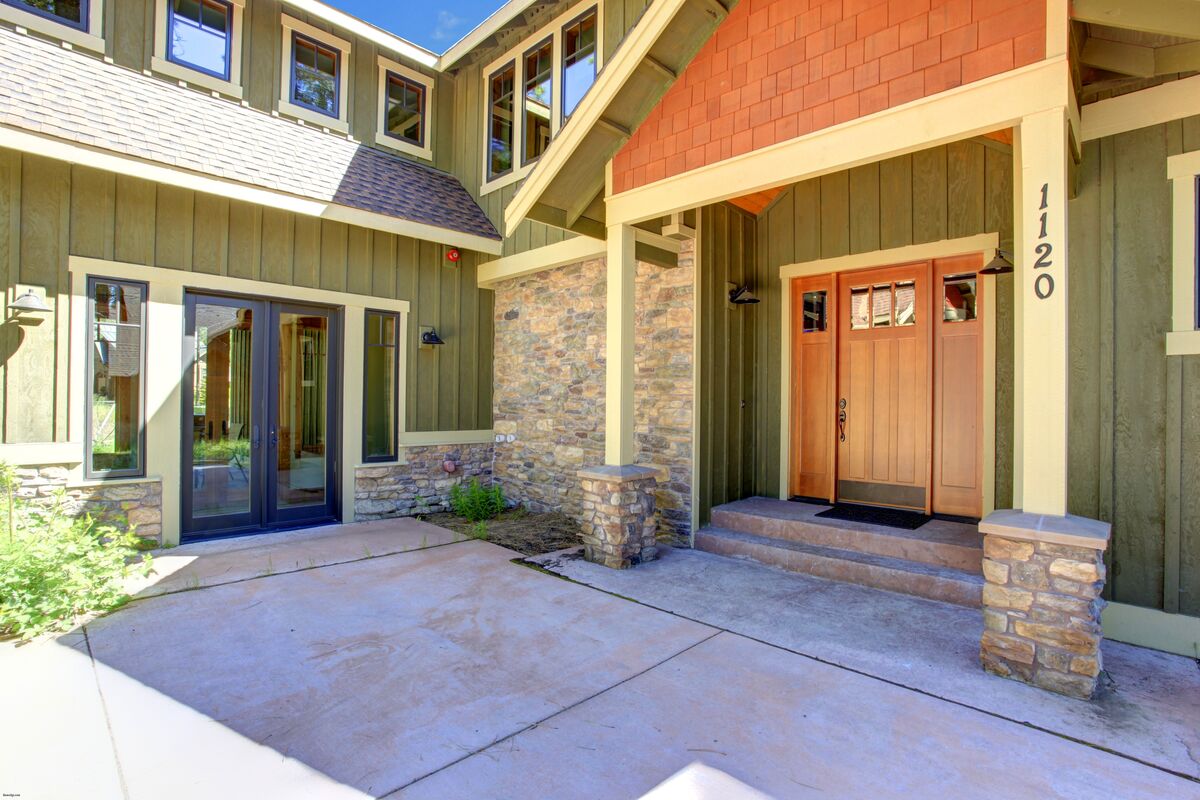
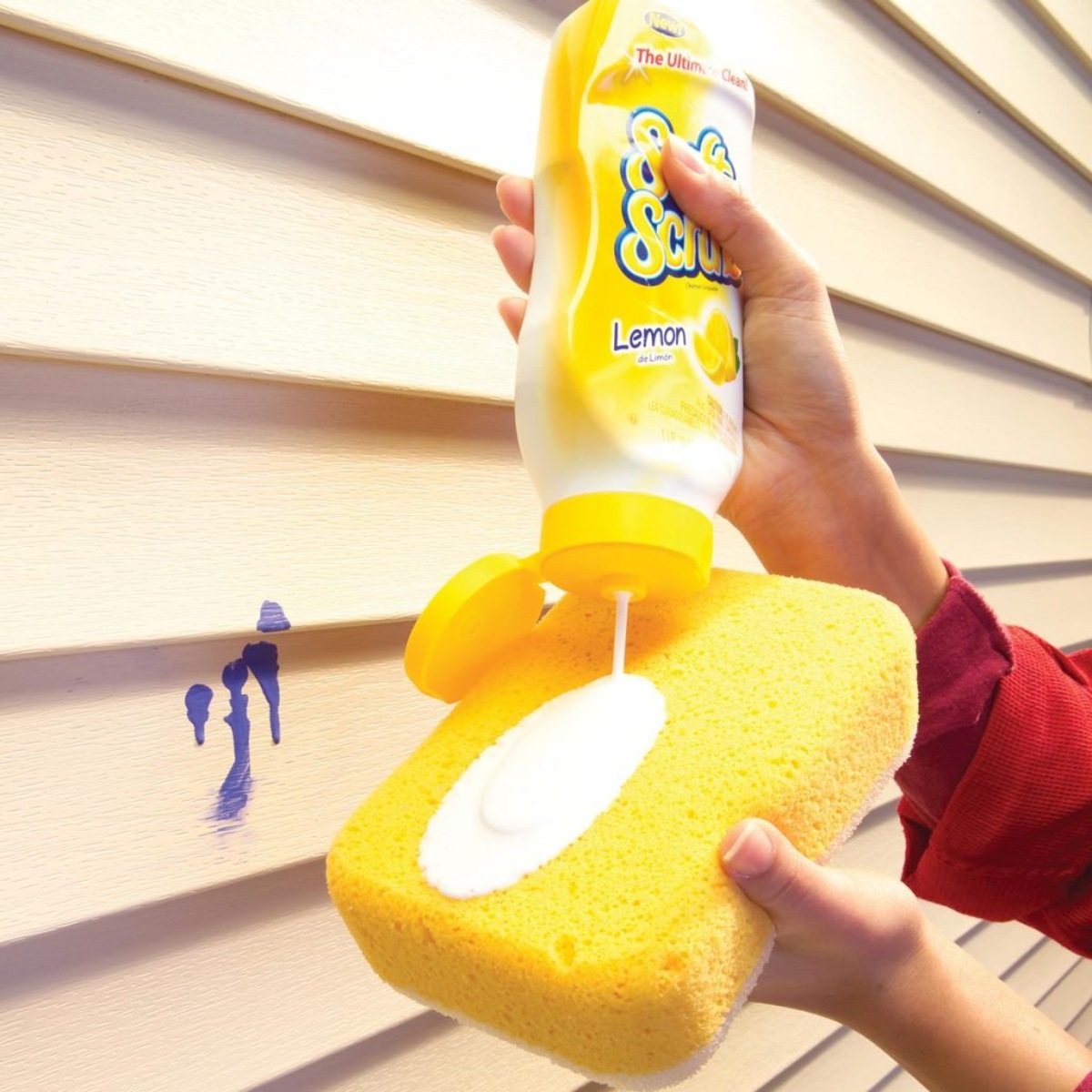
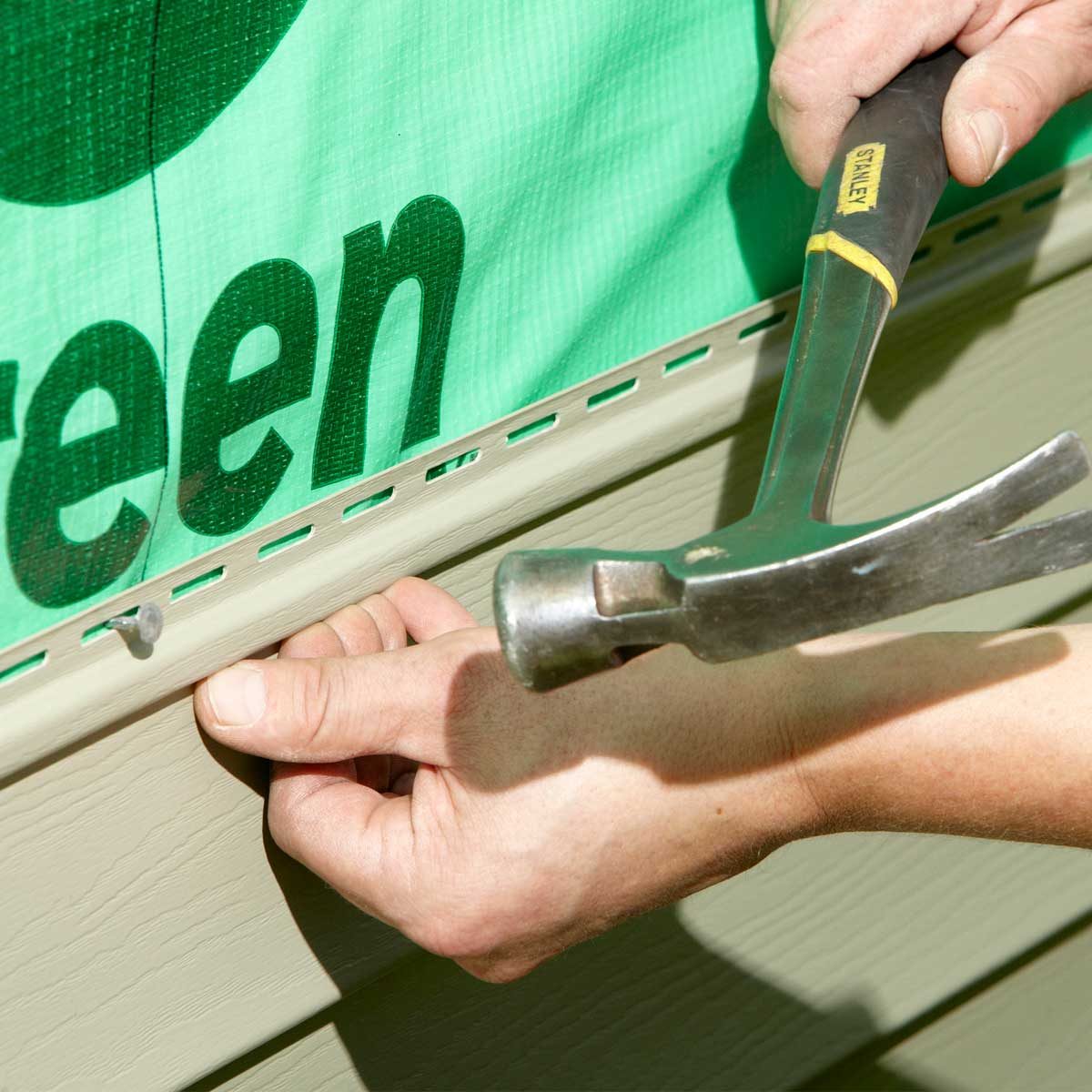
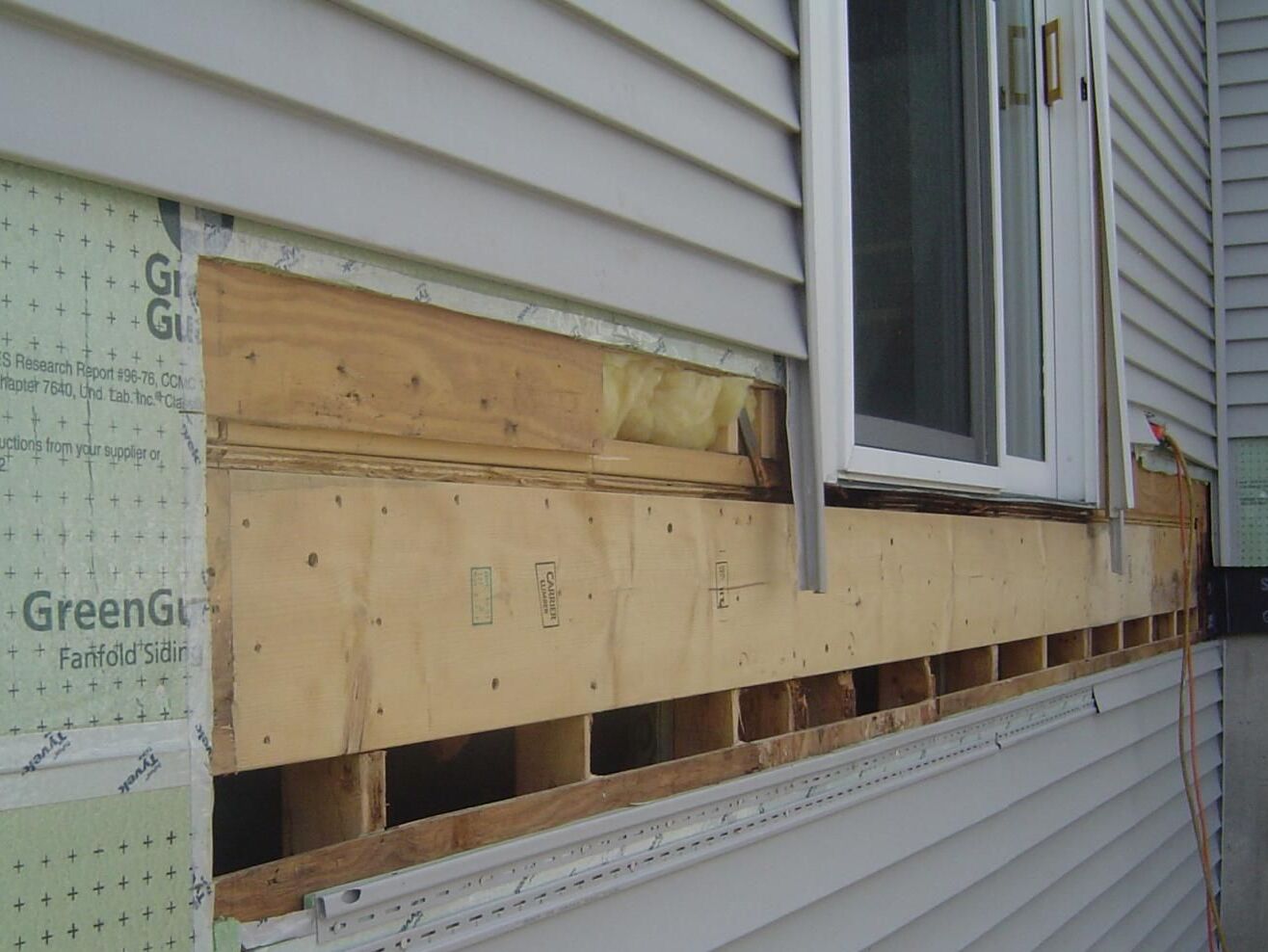
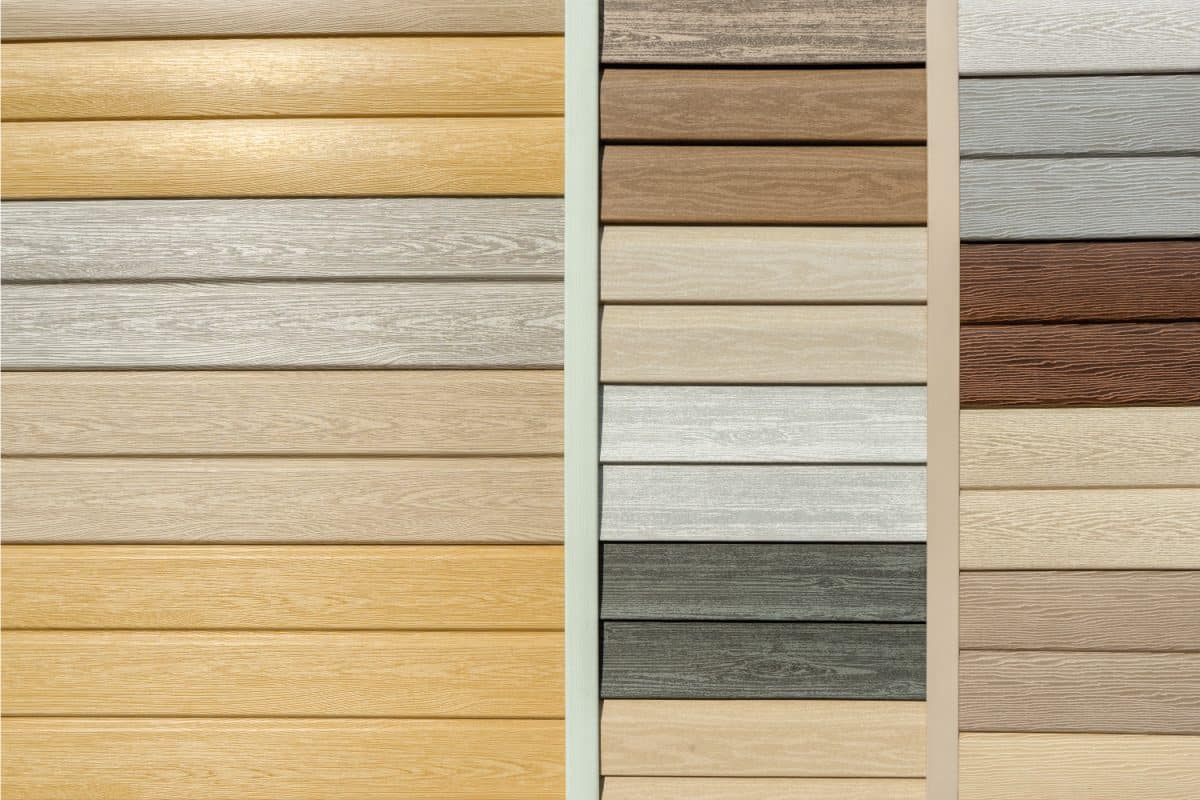
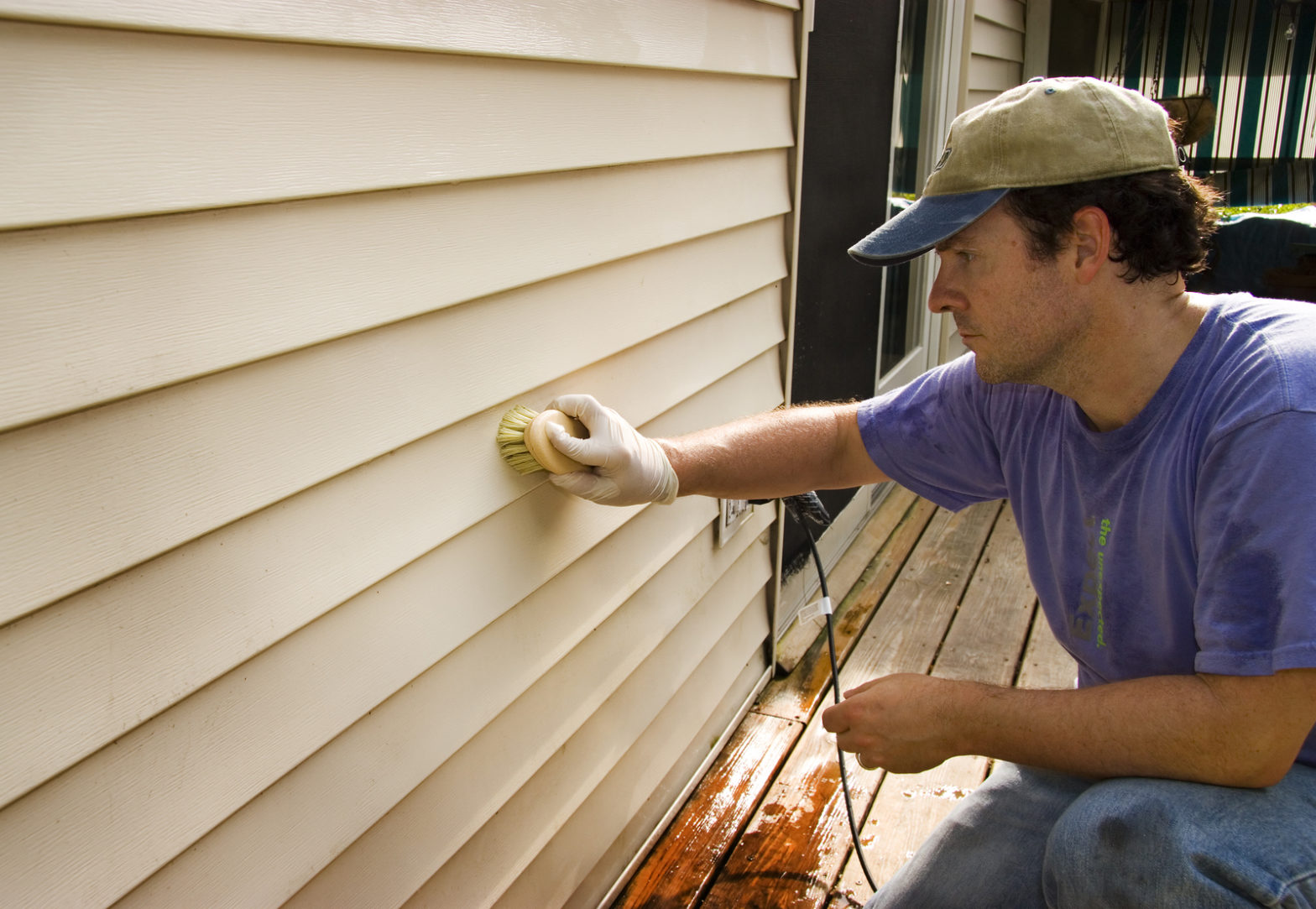
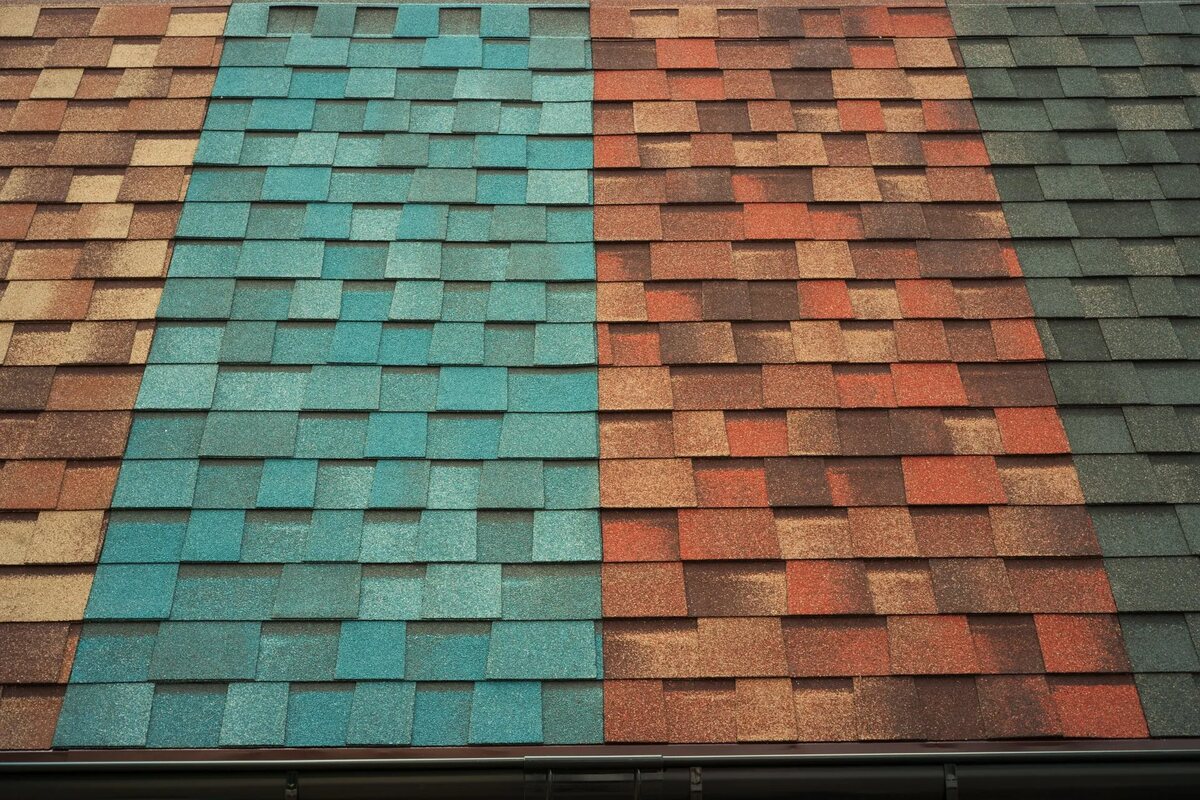
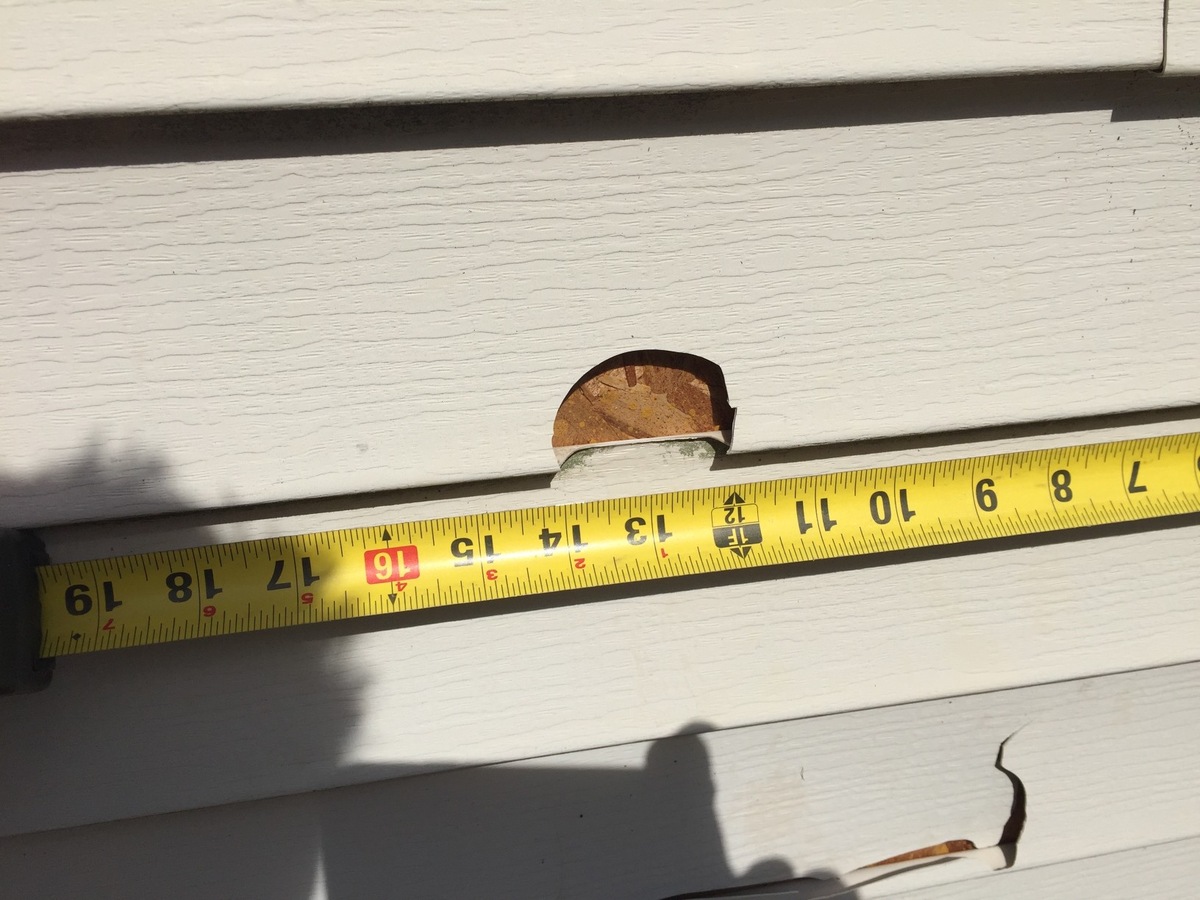
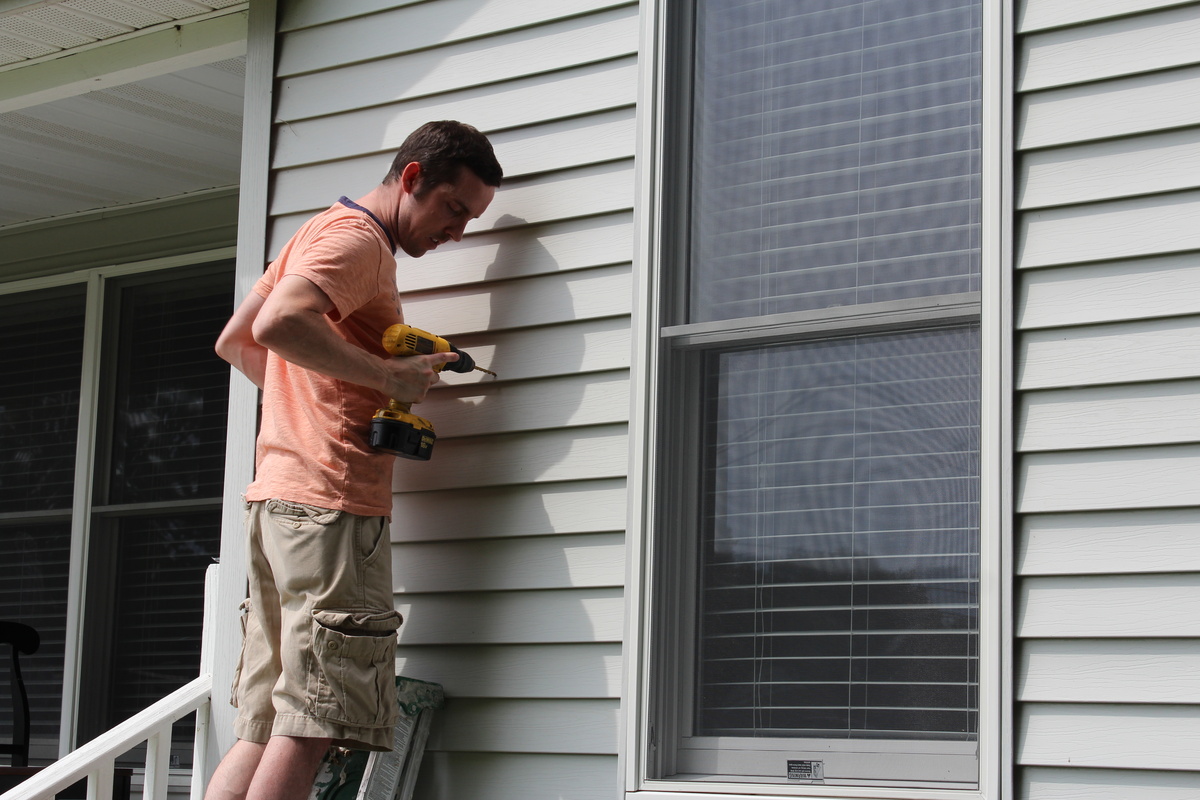
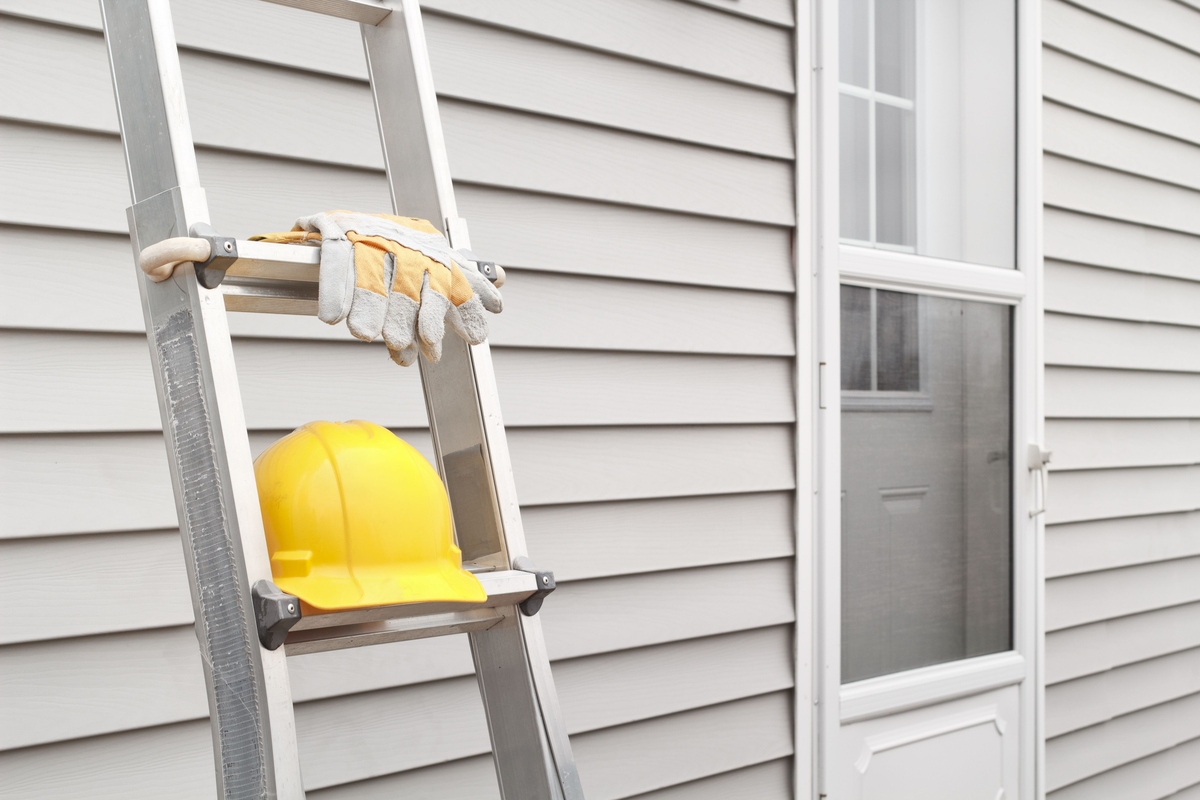
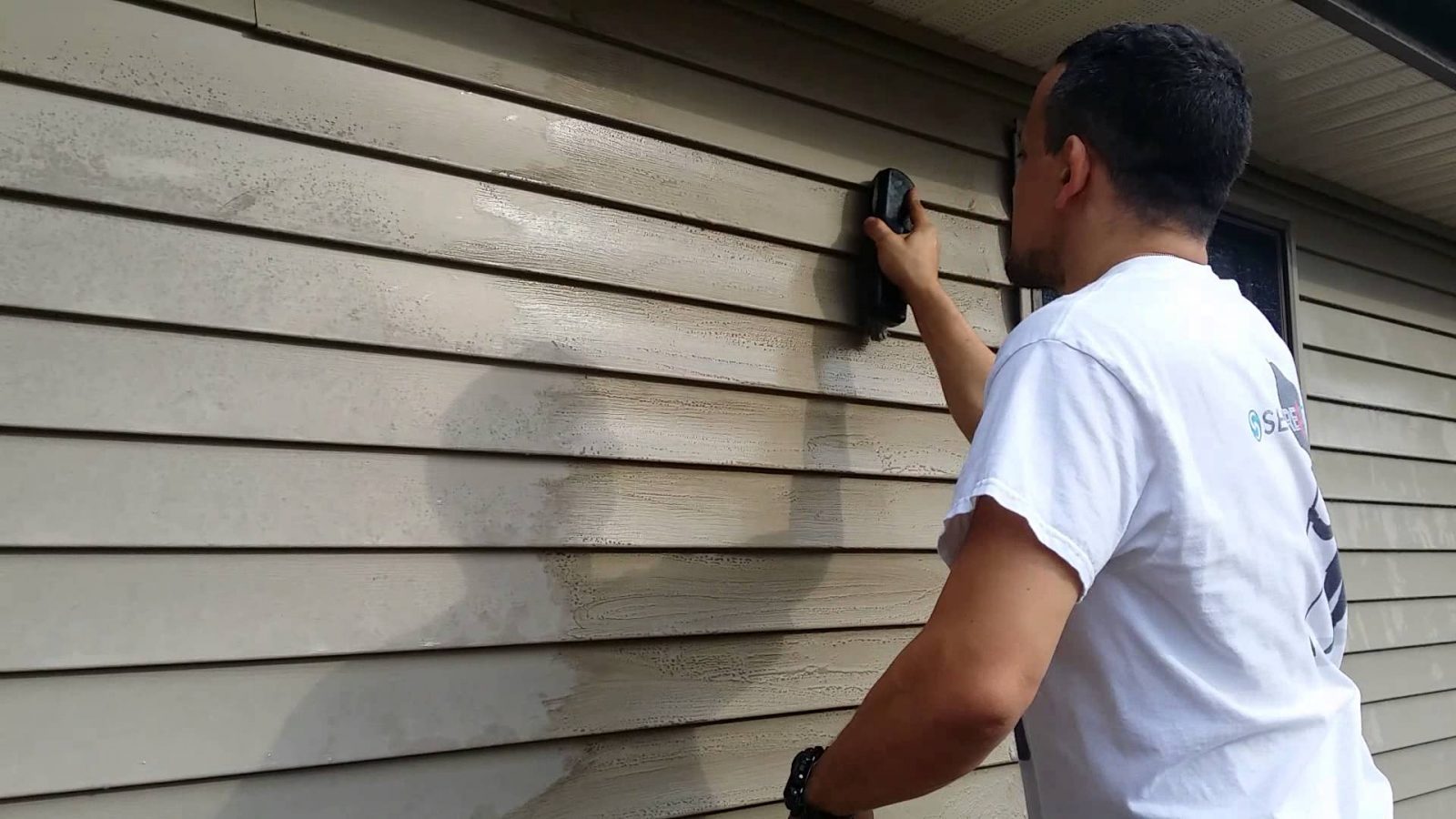
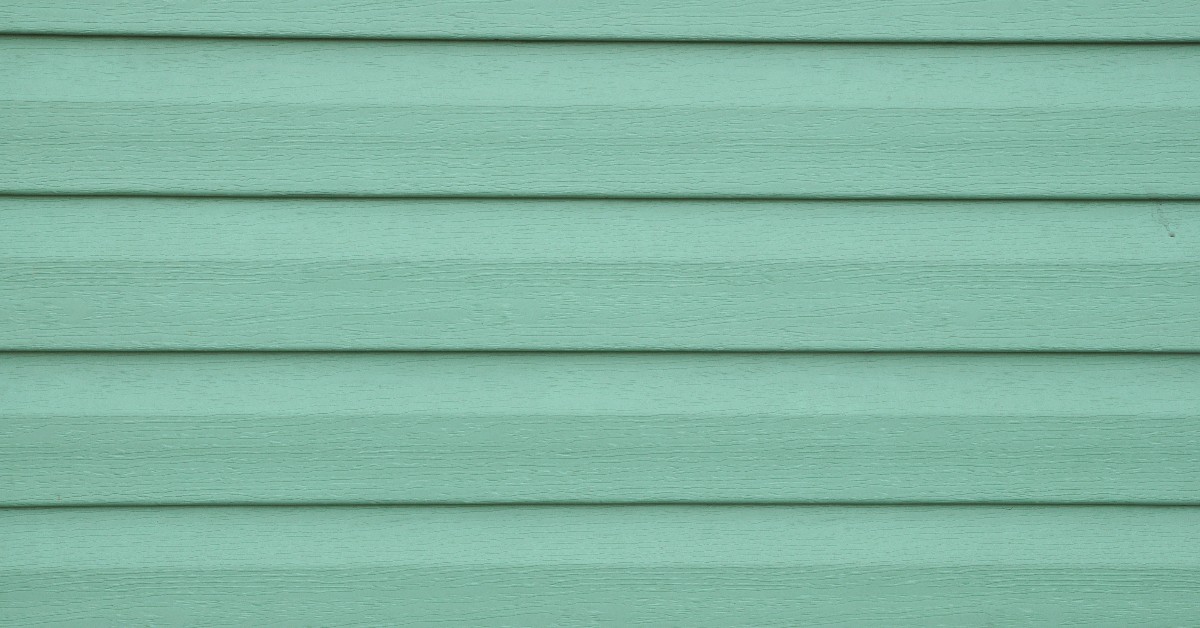
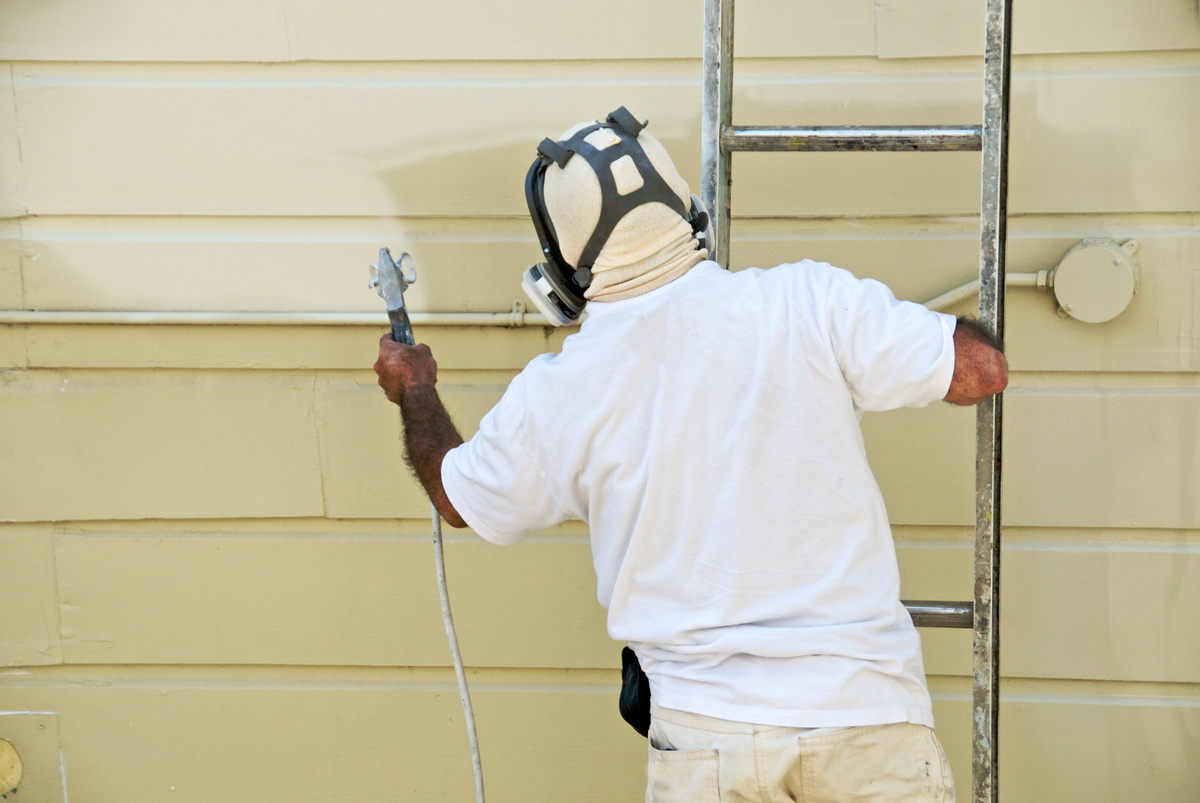

0 thoughts on “What Causes Vinyl Siding To Warp”